Wisconsin
Couch: How Michigan State lost at Wisconsin is proof the Spartans will ultimately fall short
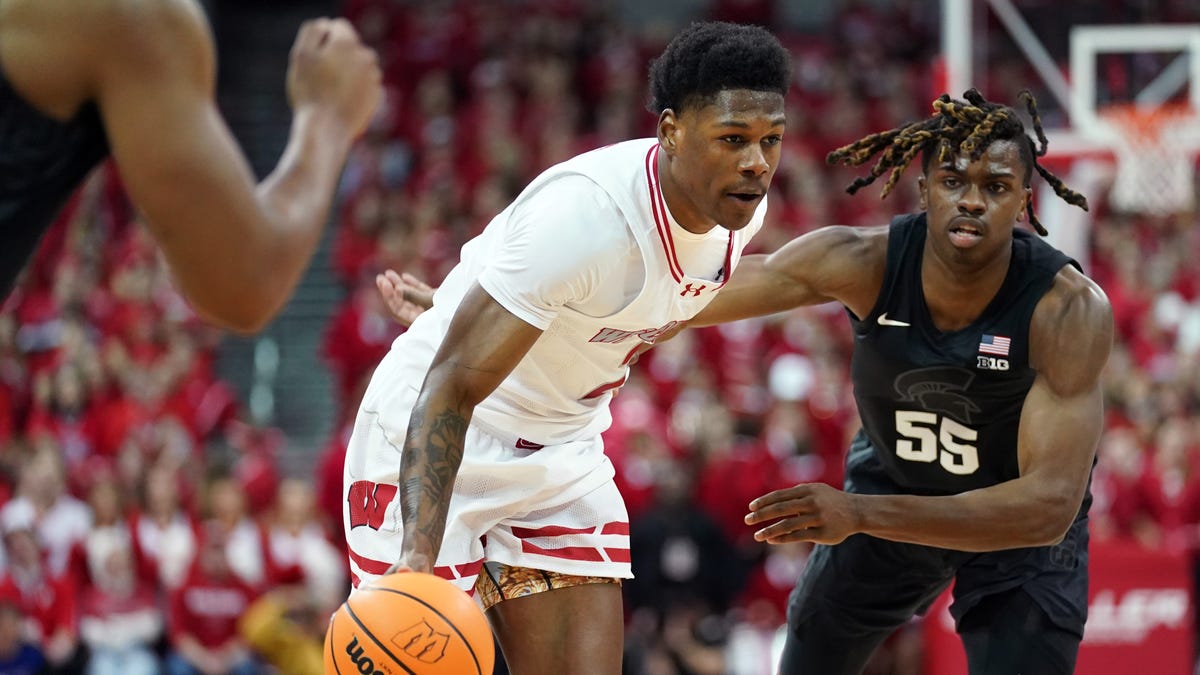
MADISON, Wis. – This one felt like an indictment. Proof that the Spartans will ultimately fall short. Pretty good evidence that this Michigan State basketball roster, even with a stellar backcourt and a seasoned power forward, doesn’t have enough.
It doesn’t have a pro like Wisconsin does in AJ Storr. Or a big man that’s a factor in the paint, like the Spartans have faced several times this season, including against the Badgers. That’s on Tom Izzo and his staff. They bet on the centers they had, rather than go after another in the transfer portal. It’s likely to be their downfall this season.
The great Izzo teams have been relatively matchup-proof. This one is matchup-dependent. The Spartans are capable of an NCAA tournament run, as long as they face the right foes — even really good ones. Baylor, for example. But not Wisconsin. Marquette last year. Not Connecticut.
This harsh reaction to Friday night’s 81-66 loss — and some other nights and losses this season — is about expectations. This is an MSU team with lots of quality and qualities. The Spartans might win most — if not all — of their next eight games. They’ll likely be the favorite in each of them. They’ll finish somewhere from third to sixth in the 14-team Big Ten, firmly in the NCAA tournament field, probably still about a 6 or 7 seed.
If the Spartans were Northwestern or Nebraska, that would be more than fine. Thrilling, even. Or if this were a young group, taking its first steps together, Friday’s loss would be no big deal, part of the journey. But MSU’s starting lineup features four 23-year-olds, two fifth-year guys, two fourth-year seniors and a junior. The Spartans hoped this season would be the year their sweat equity and talent and depth put them back atop the conference and among the elites in college basketball.
Instead, the team they hoped they’d be kicked their butt Friday night.
Izzo afterward talked glowingly about Wisconsin’s players, including Storr, the St. John’s transfer from Rockford, Illinois, whose addition made all the sense in the world. He’s elevated the Badgers from a solid, veteran team with size and shooters, to one that could win the Big Ten and, if Wisconsin plays like it has twice against MSU come March, could be around in April.
“He can shoot it from distance,” Izzo began of Storr, who had 28 points Friday. “He’s got a great first step. He’s got great athletic ability. He’s got length, handles the ball pretty well and he doesn’t miss free throws. So that’s a lot of pluses.”
The Spartans have a couple guys with a lot of pluses, too. But they don’t have that guy.
Nor do they have a guy like 7-footer Steven Crowl, who tallied 15 points, seven rebounds, three assists and a blocked shot Friday. He was too much for MSU inside.
“You don’t know whether you double him or not because he is a good passer,” Izzo said.
That’s not something MSU’s opponents have to consider. Maybe Jaxon Kohler will get there. But he doesn’t play a big enough role right now to worry about him yet. When MSU’s other two centers are in the game, opponents are hoping the Spartans throw it into them.
Izzo didn’t do what Wisconsin coach Greg Gard did — not only address a need, but add a player in Storr whose presence makes the Badgers seem complete and menacing.
“They’ve got a full attack,” MSU’s Jaden Akins said.
MSU’s got a partial attack — a capable but not overwhelming post player in Malik Hall, but nobody who’s a problem for teams in the paint. The Spartans have been out-rebounded in six of their nine Big Ten games. They haven’t been a dominant rebounding team since before the pandemic. They’ve lost that part of their identity as a program. And I don’t know whether an Izzo team can win big without it.
While I understand Izzo’s bet-on-his-guys philosophy, that’s not what college basketball is entirely anymore. Nor has Izzo strictly followed it. When he thought he needed a point guard, he went and got Tyson Walker out of Northeastern, not trusting what A.J. Hoggard would become. Adding a grad transfer big man wouldn’t have been giving up on sophomores Carson Cooper or Kohler. It would have been saying you’ve seen three years of Mady Sissoko and you don’t trust there’s another level to him. It doesn’t mean you don’t like Sissoko as a person or value him as a player. But betting on Sissoko as your starter, at this point, is also to risk wasting a backcourt that has a chance to take you places.
Kohler’s injury complicates this analysis. Izzo and Co. thought Kohler was going to be a significant part of things. I think they thought Cooper might take the next step quicker than he has. They thought, between the three of them, they’d be fine. They’d have been better off going after someone like Bradley grad transfer Rienk Mast, who’s manning the middle for Nebraska this season, scoring 18 points in a win over Purdue and 34 last week against Ohio State. Against MSU, Mast had just eight points, but with 14 rebounds and six assists.
This era of MSU — post Cassius Winston and Xavier Tillman — will be defined by MSU’s inconsistencies at the center position, Marcus Bingham Jr. and Julius Marble through Sissoko, and the coaching staff’s inability to fix it.
MSU has lost 13 games each of the last three seasons. At 12-8 (4-5 in the Big Ten), the Spartans are probably headed for about that this season when the postseason is said and done. This is not some anomaly in the Izzo era. MSU lost 12 or 13 games in five of six seasons from 2001 to 2007, interrupted by a 2005 team that I’ve thought compared to this one, even if built differently — not overwhelming, but potentially really good, a 5-seed in the NCAA tournament that went on a run to the Final Four.
It’s getting harder to picture that for this group. Really hard after Friday.
Izzo emerged from those six years — which included four first- and second-round NCAA tournament exits — with the Kalin Lucas-led group that began a 13-year run in which MSU reached eight Sweet 16s, four Final Fours and won six Big Ten championships. Izzo was younger then. The sport has changed. But he’s recruiting just as well now, even if this year’s freshman class hasn’t been the immediate impact group many of us thought it would be. Maybe Jeremy Fears Jr. and Co. will be that Lucas and Co.-type group. Maybe Friday night and this season overall will prompt Izzo to reassess when and how to best use the transfer portal. You can argue that being loyal to your players also means giving them the best chance to win.
This season doesn’t have to define how the final years of the Izzo era are gong to go. But what we saw Friday — the gap between Wisconsin (16-4, 8-1 Big Ten) and MSU for a second time — means that this group is unlikely to be one that hangs a banner.
While the Badgers talked about big goals and playing with an edge, the Spartans talked of going “brain dead” on a couple defensive coverages and needing to make “effort-related plays.”
Quite the contrast.
“We gave up some offensive rebounds tonight,” Akins said. “We really can’t do that against a team like that. You’ve got to play damn near perfect.”
Perhaps the truest words of the night — MSU has to play damn near perfect to beat a team like that.
Couch: 3 quick takes on Michigan State’s 81-66 loss at Wisconsin
Contact Graham Couch at gcouch@lsj.com. Follow him on Twitter @Graham_Couch.

Wisconsin
Viewpoints: New Wisconsin Investment Fund will be noticed beyond state borders
Wisconsin
Report: Wisconsin's bars and restaurants have seen strong pandemic recovery

The state’s bar and restaurant industry overall has had a strong recovery from the COVID-19 pandemic, but that recovery hasn’t been even across the sector.
That’s according to a new report from the Wisconsin Policy Forum, which examined employment, sales and the lingering impacts of the pandemic.
While bars and restaurants were among the businesses most disrupted by the pandemic in 2020, the report found that employment in the industry has returned to pre-pandemic levels and state sales tax revenues from restaurants and bars have returned to its pre-pandemic trend line.
Stay informed on the latest news
Sign up for WPR’s email newsletter.
Kristine Hillmer, president and chief executive officer for the Wisconsin Restaurant Association, said the health of the industry is important because restaurants are the “backbone of Main Street,” serving as a vital social setting.
“They are a gathering place for busy families who need a quick bite to eat,” she said. “They’re a gathering place where you want to celebrate or mourn, or gather together with your friends just to socialize. It really is a unique thing for many communities who really want to have a vibrant town.”
This February, the industry had more employees than it did in the same month of 2020, according to the study. Last summer months, however, restaurants and bars did not reach their pre-pandemic high of 219,200 workers from August 2019.
“The summer of 2023, the numbers were still a little bit lower than summer 2019. But we could see that fully returned by this summer,” said Joe Peterangelo, a senior researcher for Wisconsin Policy Forum. “But overall, I’d say the employment numbers situation is generally pretty positive.”
While restaurants have returned to their pre-pandemic trend line in terms of sales tax revenues generated, many continue to operate at limited hours and fewer days open than they had prior to 2020, the report states.
Because inflation of wholesale food prices has led to higher menu prices, the report said its likely restaurants are earning a similar amount of revenue as before the pandemic with fewer total transactions and smaller orders, the study said.
“Even if the sales have rebounded, there’s still probably fewer sales happening overall,” Peterangelo said. “We don’t have numbers to show that.”
Certain types of restaurants continue to struggle, according to the report.
Hillmer with the restaurant association said mid-priced sit down restaurants have been more impacted by inflation than those in fine dining or fast food.
“Those that want to go out for that high-end steak dinner or seafood dinner are likely not to necessarily balk at some of the higher prices that are baked into the new menu prices because of inflation,” Hillmer said. “However, if you’ve got a family of four and you’re on a tight budget, and you’re making that decision to go out to a restaurant, you may be choosing to go out less or you may be choosing to have (a) lower priced item.”
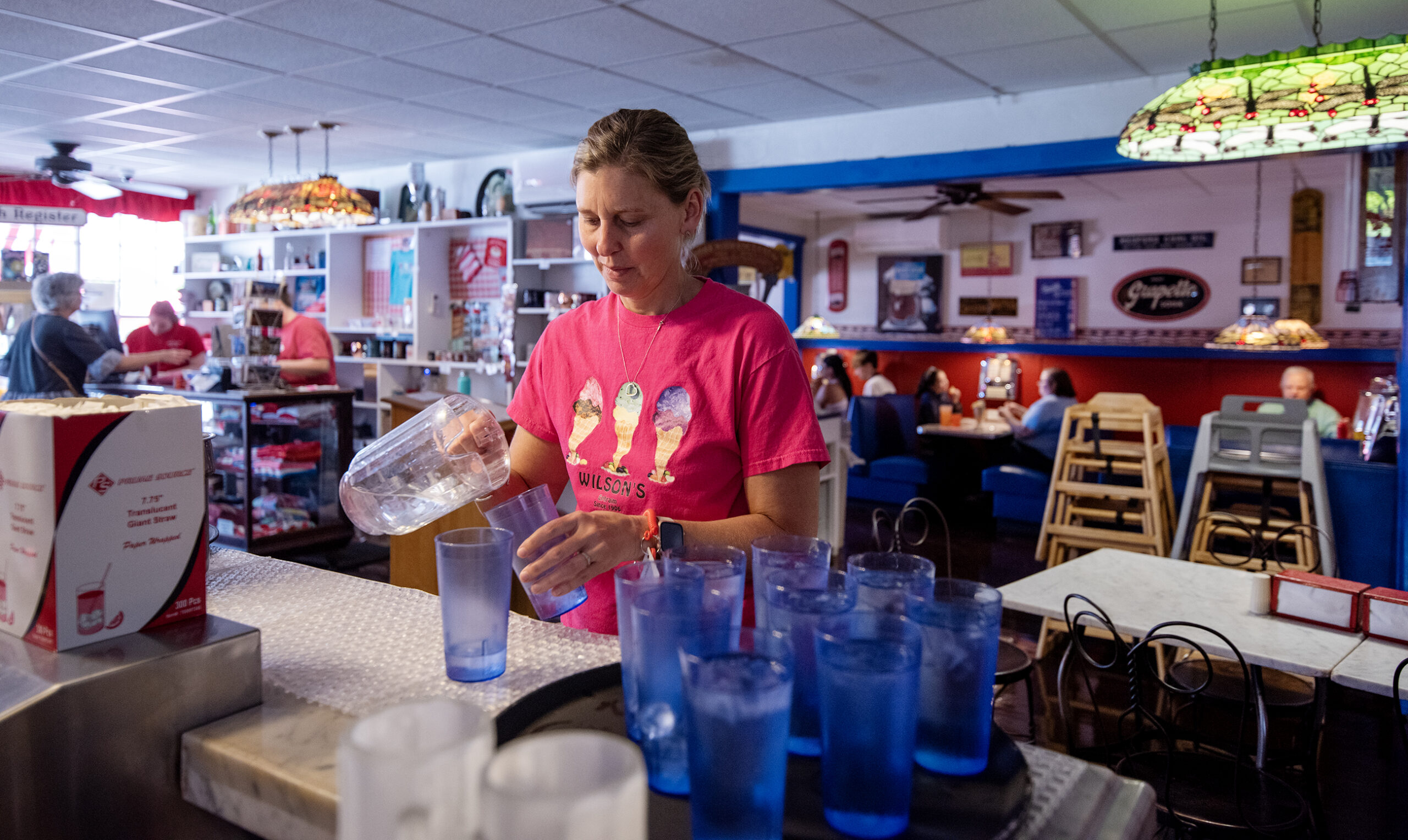
Despite those challenges, the policy forum found the number of bars and restaurants in Wisconsin has recovered. The report says the state had more of those establishments in the third quarter of 2023 than in the same period of 2019.
But the number of bars in Wisconsin, classified as “drinking places” by the U.S. Bureau of Labor Statistics, has been declining over the last few decades, the report said.
In 2022, Wisconsin had 20.3 percent fewer bars than in 2003, the study said. It did not have annual data for 2023.
“We do have almost as many people employed in bars as we did 20 years ago — it’s only 2.6 percent fewer people in 2022 than in 2003,” Peterangelo said. “What that means to me is it kind of supports that theory that we’ve lost small bars and we have larger establishments now that are employing almost as many people overall as they were 20 years ago.”
While restaurants continue to face challenges, the industry’s overall outlook is much better than it was in 2020 or 2021, the report said.
Hillmer said she’s “cautiously optimistic” about the future of the state’s eateries, especially if inflation continues to cool.
“As inflation slows down, there’s going to be more of an evening out of what (disposable) income is available,” she said. “When there’s more income, there’s always that desire to go out, eat and have a good time.”
Wisconsin
First Lady making third visit to Wisconsin in 2024

MILWAUKEE (NBC 26) — First Lady Jill Biden will be making another trip to Wisconsin.
According to a press release, on Friday, May 31st, she will arrive around 5:00 p.m. at the Milwaukee Mitchell International Airport in Milwaukee.
This will be her third time visiting the state this year; The first lady visited Wisconsin in FebruaryandMarch.
The First Lady will attend Festa Italiana in Milwaukee on Friday evening and speak at 6:15 p.m.
According to theU.S. Embassy and Consulates in Italy, Jill Biden is the first Italian-American first lady.
-

 News1 week ago
News1 week agoThe states where abortion is on the ballot in November : Consider This from NPR
-

 News1 week ago
News1 week agoRead Prosecutors’ Filing on Mar-a-Lago Evidence in Trump Documents Case
-

 Politics1 week ago
Politics1 week agoMichael Cohen swore he had nothing derogatory on Trump, his ex-lawyer says – another lie – as testimony ends
-

 Politics1 week ago
Politics1 week agoAnti-Israel agitators interrupt Blinken Senate testimony, hauled out by Capitol police
-

 World1 week ago
World1 week agoWho is Ali Bagheri Kani, Iran’s acting foreign minister?
-
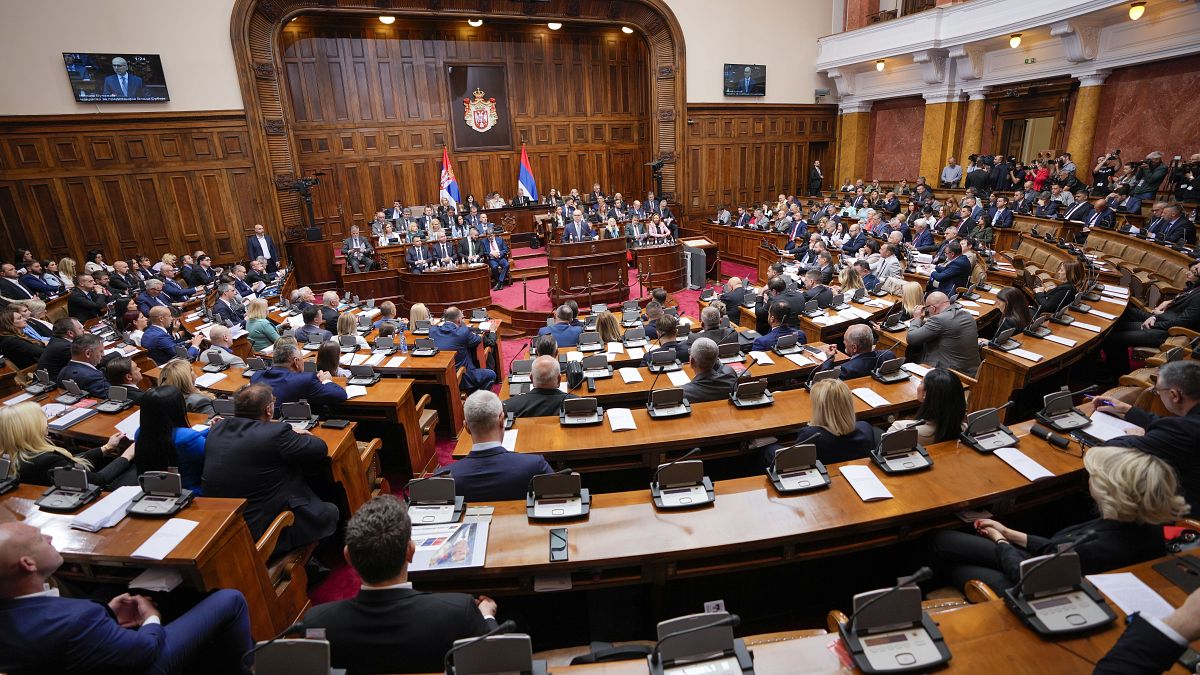
 World1 week ago
World1 week agoSerbian parliamentary minnow pushes for 'Russian law' equivalent
-
Technology1 week ago
Microsoft’s new Windows Copilot Runtime aims to win over AI developers
-

 News1 week ago
News1 week agoBuy-now, pay-later returns and disputes are about to get federal oversight







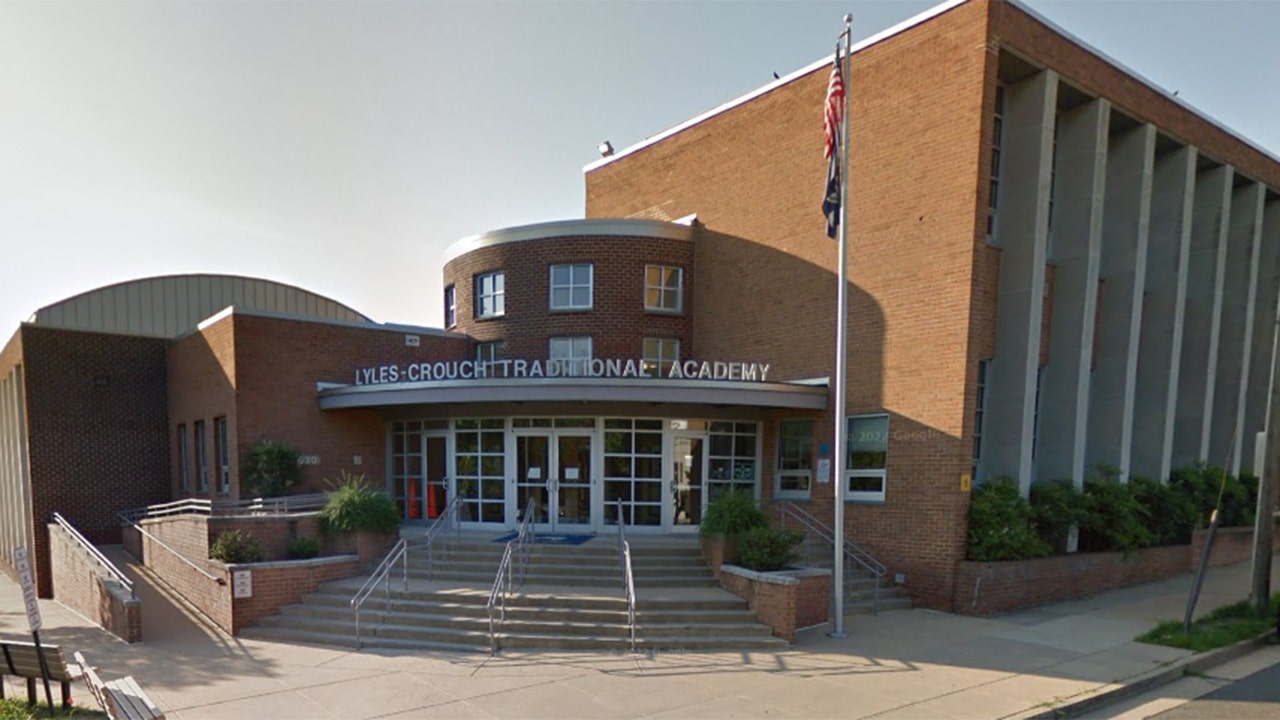








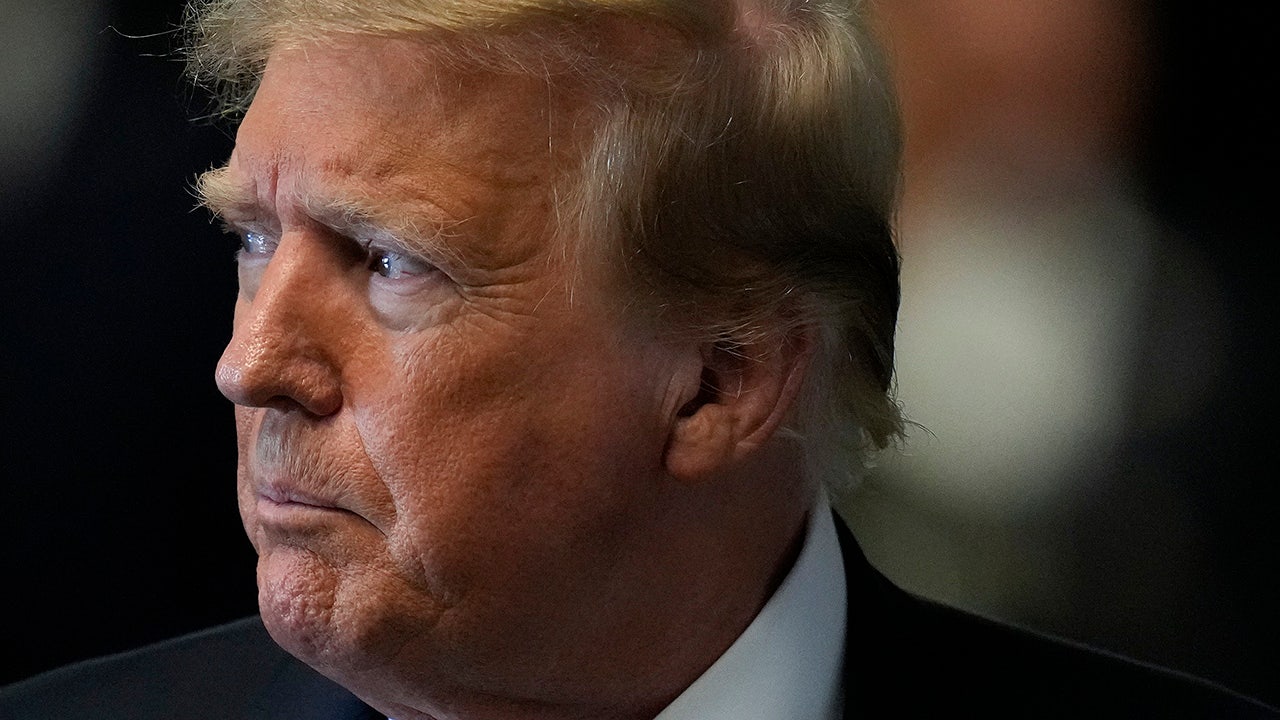

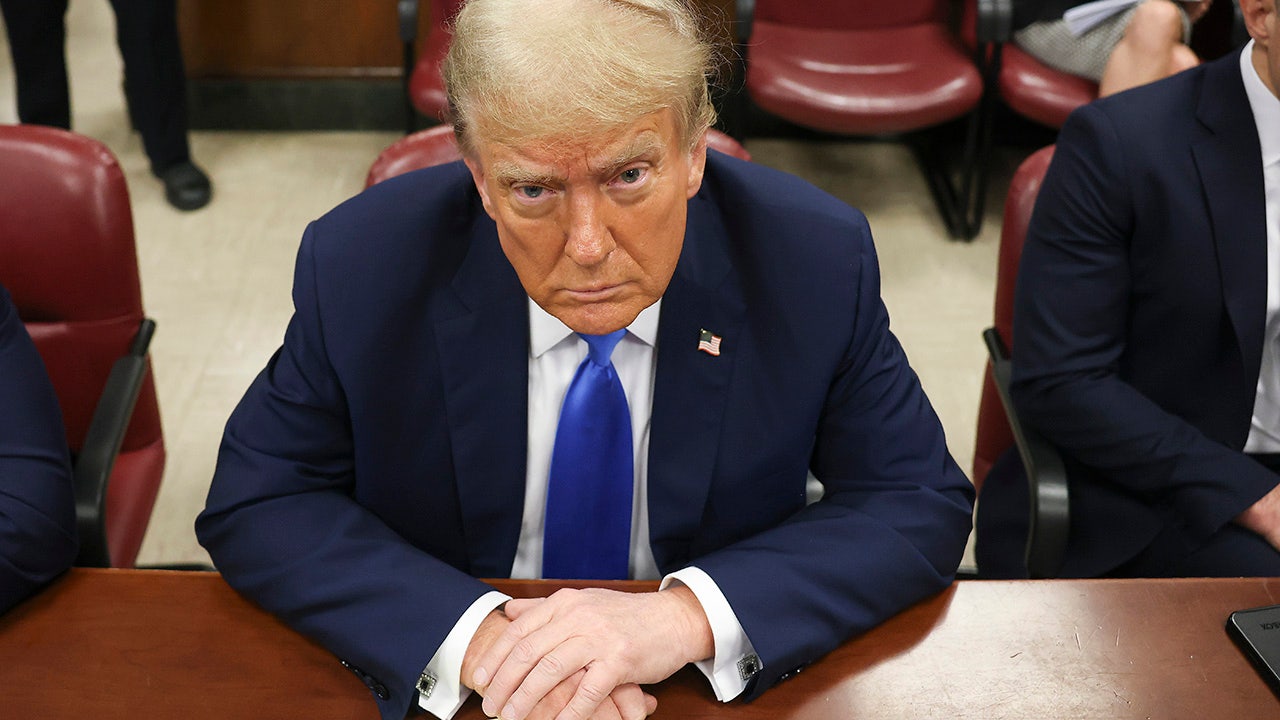

/cdn.vox-cdn.com/uploads/chorus_asset/file/25458338/DSC00620.JPG)